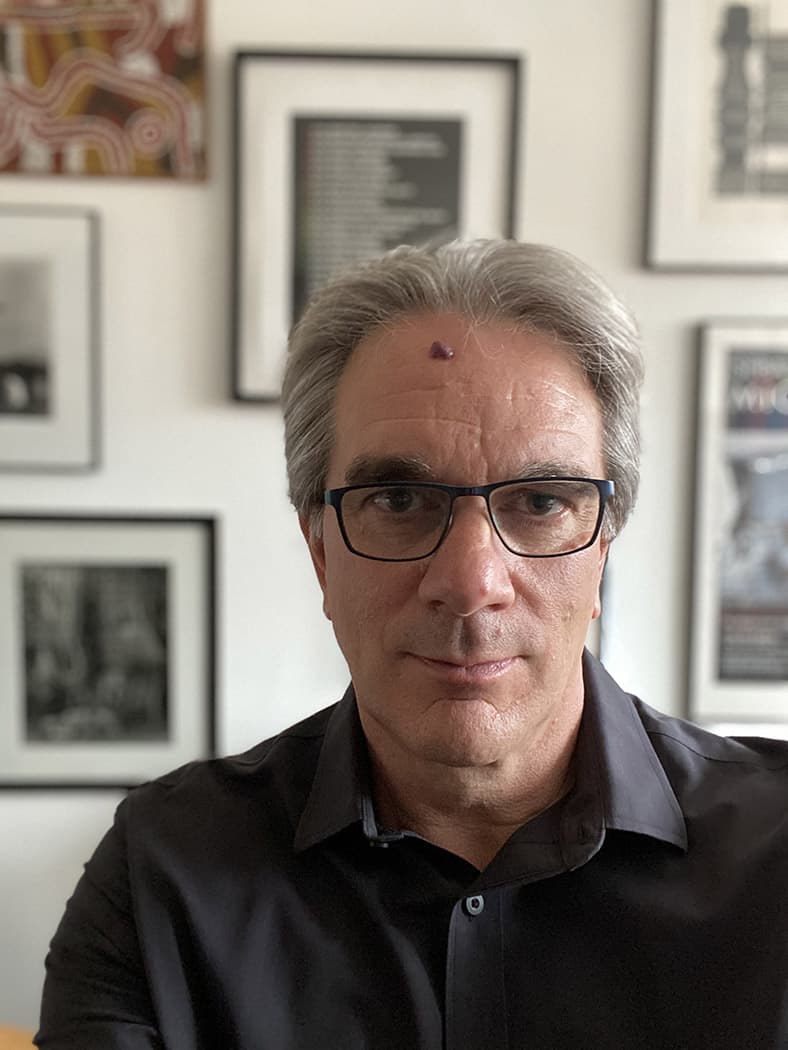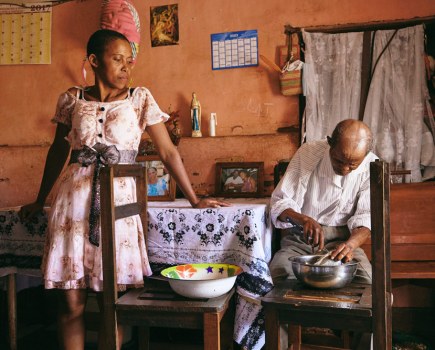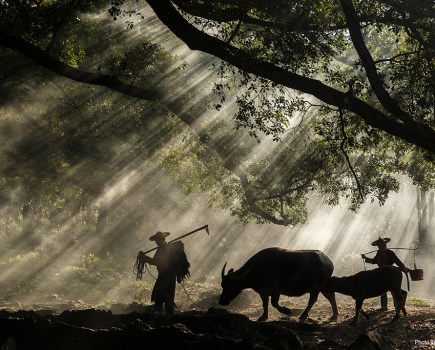New company VII Insider is hosting free bi-weekly online events for photographers, curators and journalists, and has recently announced the appointment of academic and photojournalism authority David Campbell as Managing Editor. We caught up with David to find out more about their future plans
Can you explain exactly what the VII Insider offers for amateur photographers, rather than professionals or academics etc?
VII Insider offers inspiration and resources for the whole photography community. Amateurs often draw creative guidance from the work of professionals, following them on Instagram and other platforms to see what is pictured and how it is done.
Being able to hear from those professionals in special presentations about how their images and stories are made, and having the opportunity to interact directly with professionals, is a massive educational opportunity for amateurs. And amateurs often use the same equipment and software as professionals, so our tech webinars can assist everyone in making better photographs.

David Campbell, Managing Editor VII Insider
How can you make money from this if there is no charge?
VII Insider’s primary objective is to create a global community of engaged photographers, amateur and professional, as well as lovers of photography, who can interact with and learn from each other. We are grateful to PhotoWings for the generous support that enables us to now provide our resources to this growing community free of charge.
In time we hope to be able to offer beneficial products and services to our community, and any revenue raised from that will be reinvested to support the production and publication of new photojournalism. Growing and supporting the global photography community – rather than making money for money’s sake – is the goal.
You have some big names onboard, e.g. Salgado – how did this come about?
The VII network is global and well connected, and we draw on this network to bring people and stories to VII Insider. We are committed to learning from people around the world, and in the case of Sebastião Salgado one of VII’s former mentees in Brazil was able to host a fantastic conversation with Salgado, and this is available for all to see, in both English and Portuguese. We will be making more use of VII’s network to provide diverse and original presentations in the upcoming year.

© Ron Haviv / VII. Pro-Trump supporters, including Jake Angeli, the “QAnon shaman,” break into the Capitol on January 6, 2021, in protest of the certification of Joe Biden as the next United States President.
The dramatic images coming out of the recent storming of the US Capitol would suggest there is still a strong appetite for photojournalism, despite the anxiety about news agencies cutting photographer jobs, etc, and the rise of citizen journalism. Are you confident about the future?
The practice of photojournalism has never been healthier, with great stories being made by both emerging and well-established photographers, and the public appetite for high quality images and compelling stories is as strong as ever – you can see that through exhibition attendance as well as media platforms.
At the same time, the business of photojournalism has never been more challenging. That is the result of seismic changes to the media economy that go beyond photography itself. These changes include the collapse of advertising revenue which, by the way, began in the 1950s and therefore predates the impact of the internet.
Equally, too many media organisations are either unable or unwilling to support the making of great photographs and visual stories with new investment to match audience demand. One of the themes for VII Insider is to look at how people can have sustainable photojournalism careers in this difficult context.
Do you think the rise of “carry everywhere” smartphone cameras will undermine visual literacy – image making is now so easy and instant and throwaway – or will the opposite happen?
The fact billions of people have a great camera in their pocket has been a boon for both news coverage and ‘visual literacy’. Smartphones mean we have real time pictures of events around the world even before photographers have arrived at the scene.
This then gives the professionals the opportunity to make a virtue of being ‘late’ to make a better and deeper visual story, and the combination of “citizen journalism” and professional work presents us with a picture more comprehensive than we have had before.
The fact that almost anyone can make good single images now has fuelled public interest in quality photography. Literally trillions of images are made each year, and billions are uploaded to people’s social media accounts. But unless we’re friends or followers, we don’t see what’s on those private networks, making the idea we are “swamped” by pictures a mythical and misplaced anxiety.
We should see the popularity of image making as a sign of how the public values images rather than a cause for concern. This popularity also means people don’t have to be taught how to read an image, as though there were a special truth to uncover, as you couldn’t negotiate life these days without reading images. What is needed, though, are places where we can have more considered conversations about what images do, what impact they have, and how we might read them – and that is one of the major things VII Insider will do more of.
Any other exciting plans you want to tell us about?
We’ll be developing and expanding VII Insider in the coming weeks and months, with a refreshed platform, new programming and an online magazine that will commission thoughtful writing on great photographs, their meaning and effects. We’ll soon have a dedicated newsletter for members of the VII Insider community, so follow @viiphoto on social media to watch out for these announcements!
Further reading
Best cameras for photojournalism and documentary 2022
Learning from a photography project that stands the test of time








